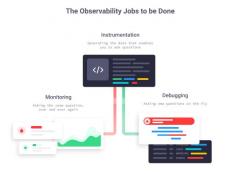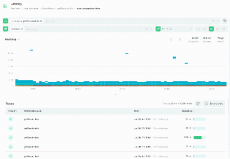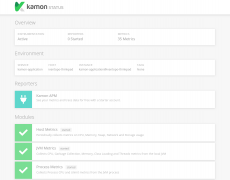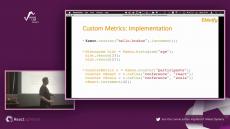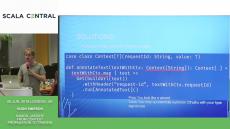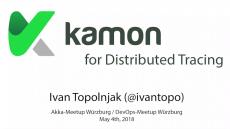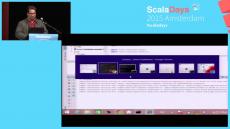- August 2022 (1)
- November 2021 (2)
- June 2021 (1)
- May 2021 (1)
- March 2021 (1)
- July 2019 (1)
- February 2019 (1)
- June 2018 (2)
- May 2018 (1)
- April 2018 (1)
- February 2018 (1)
- January 2018 (1)
- July 2017 (1)
- December 2016 (1)
- January 2016 (1)
Kamon is a monitoring toolkit for applications running on the JVM. It gives you Metrics, Tracing and Context Propagation APIs without locking you to any specific vendor. All Kamon APIs are completely decoupled from the services that can receive the data, be it StatsD, Prometheus, Kamino, Datadog, Zipkin, Jaeger or any other supported reporter, with Kamon you instrument your application once and report anywhere you want.
From a bird’s eye view, Kamon can be decomposed in three main components: the core APIs for metrics, tracing and context propagation; the automatic instrumentation modules and the reporting modules. Your services’ code will only ever interact with Kamon’s APIs and abstract you away from how and where the collected data will end up going to.




